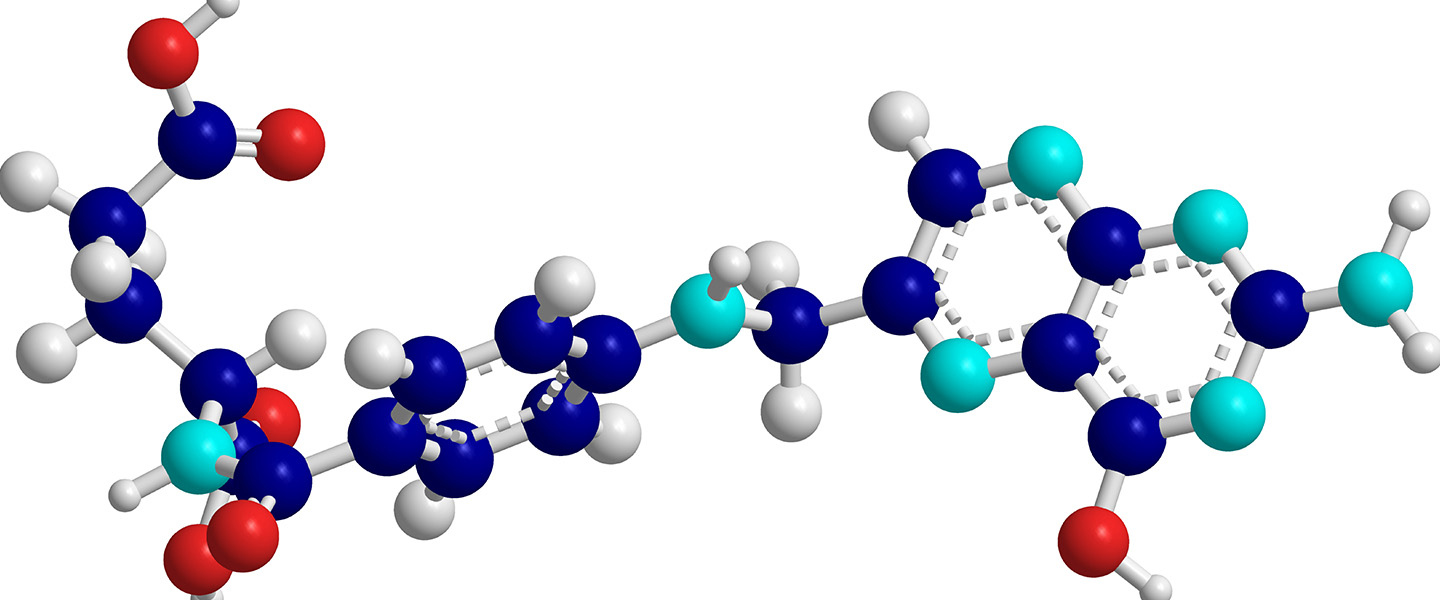Combining Antidepressants Can Improve Outcomes in Patients with Severe Depression, Study Finds
Combining Antidepressants Can Improve Outcomes in Patients with Severe Depression, Study Finds

A study analyzing the results of 39 previous clinical trials involving 6,751 depressed patients concludes that it can be more effective to treat with two antidepressant drugs rather than a single drug, especially in severe cases.
In this study of studies (called a meta-analysis), combination antidepressant treatment across the 39 trials was associated with “superior outcomes” relative to treatment with a single drug (“monotherapy”), the difference being “statistically significant.”
A measure called “standardized mean difference” (SMD) is used in meta-analysis to help gauge the importance of observed differences across many clinical trials that assess the same outcome (in this case, relief from depression symptoms) but measure it in a variety of ways.
In the sample of 39 trials studied by a team co-led by 2004 BBRF Young Investigator Christopher Baethge, M.D., of the University of Köln, Germany, the SMD associated with the superiority of combination treatments was 0.31, which is considered “small” to “moderate” in magnitude. The result is arguably more significant than that figure would suggest, the team noted, since the improvement with combination treatment was relative to treatment with a single antidepressant drug, not an inactive placebo.
The team also assessed secondary measures of combination vs. single-drug antidepressant therapies across the 39 trials, considering such factors as the percentage of patients who experienced a remission (reduction in symptoms of 50% or more); the number of patients who dropped out of trials; and the number of dropouts attributed to adverse effects of the medications.
Dr. Baethge, co-team leader Jonathan Henssler, M.D., and colleagues explained the significance of their findings for doctors and patients in a paper appearing in JAMA Psychiatry.
Treatment guidelines for depression advocated by health agencies and adopted by practitioners in the U.S. and Europe currently recommend the same first-line treatment for severe depression: a single antidepressant medicine that is not in the class of so-called MAO inhibitors. (Monoamine oxidase inhibitor drugs were among the earliest antidepressant drugs and have side effects that more recent antidepressants such as SSRI drugs [serotonin reuptake inhibitors such as Prozac] don’t have).
For the significant portion of patients (one-third to one-half) whose symptoms do not respond to monotherapy or in whom a response is followed by a recurrence of symptoms, standard guidelines offer several courses of action to doctors: they can raise the dosage of the drug; switch the patient to another drug; or “augment” the first drug with a second one. In some cases, this second agent is not an antidepressant: lithium and second-generation antipsychotics are sometimes prescribed. A final second-course option is to combine two antidepressants. This is a commonly taken step in primary-care settings, Drs. Baethge, Henssler and colleagues note.
After analyzing the data, the team reported two main results. Perhaps the most important was that combination treatment “as a general principle” appeared to be more effective than monotherapy without being associated with a higher number of patients dropping out of trials. The drugs used in combination varied, as did results associated with different combinations.
The second important finding was that the best patient outcomes were associated with trials in which patients took a monoamine reuptake inhibitor medicine (the most common are SSRI drugs) plus an atypical antidepressant of a particular class: so-called presynaptic alpha2-autoreceptor antagonists. These drugs include mianserin and mirtazapine. These agents inhibit receptors which help mediate the action of the neurotransmitters serotonin and norepinephrine. Another atypical antidepressant, bupropion (Wellbutrin) did not appear to generate superior outcomes when taken in combination with a monoamine reuptake inhibitor (although sample sizes for this drug were too small to consider this outcome definitive).
The researchers concluded that combination therapy “may be applied as a second-step treatment after insufficient response to initial antidepressant monotherapy.” Although the reason for the enhanced effectiveness seen in the meta-analysis is not clear, the team suggested it may be due to synergies in the action of the combined drugs upon the brain.
Since combination therapy was not associated with more dropouts from the clinical trials, the team also suggested it may be a relatively safe treatment alternative compared with other second-step strategies in treatment-resistant depression, including augmenting a first antidepressant with lithium or a second-generation antipsychotic.
Perhaps more controversially, the team also proposed that in view of the “relative tolerability” of combination therapy, it might make sense in some cases of severe depression to use as a first-line treatment: a monoamine reuptake inhibitor plus one of the “aytpical” antidepressants that block presynaptic alpha2 autoreceptors.
They add that combination treatment was effective across the 39 trials regardless of initial illness severity.


